Picture this: you’re walking through a forest floor carpeted with fallen leaves when suddenly, what you thought was debris begins to slither away. This isn’t magic — it’s the incredible evolutionary masterpiece known as the leaf-nosed viper. These serpents have perfected the art of deception so thoroughly that they don’t just look like dead leaves; they actually sway and move like them too. Their camouflage is so convincing that even seasoned herpetologists can walk right past them without noticing. But here’s the truly mind-blowing part: these snakes have evolved to mimic not just the appearance of leaves, but their behavior in the wind as well.
The Masters of Botanical Disguise
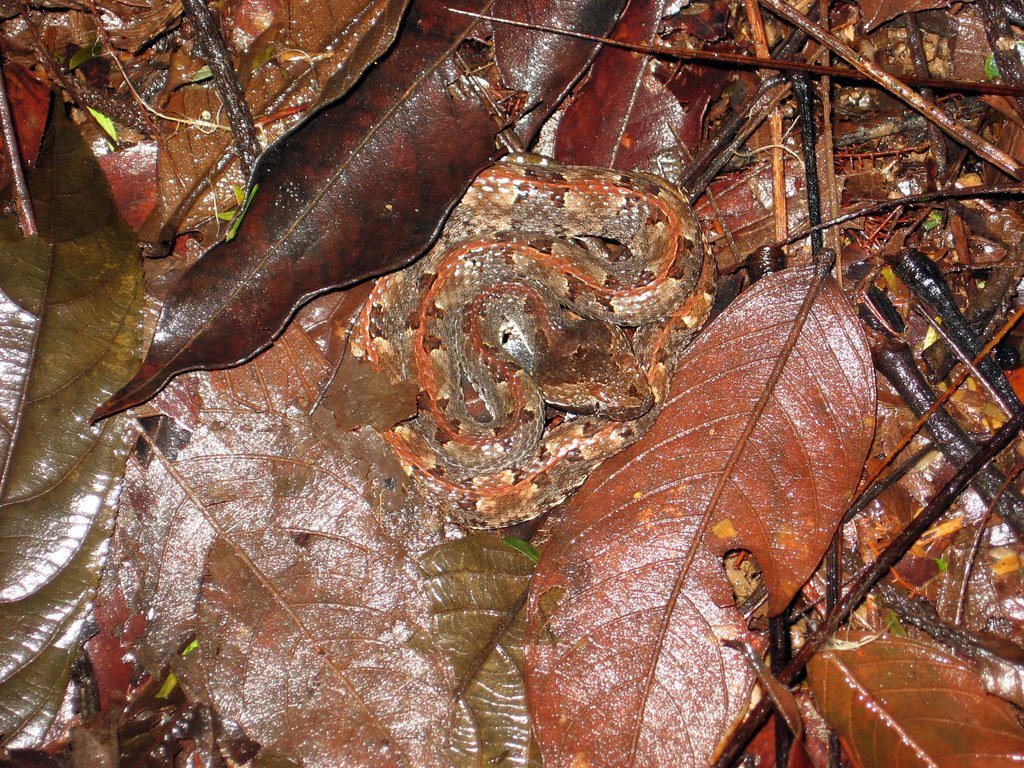
The leaf-nosed viper, scientifically known as *Langaha madagascariensis*, represents one of nature’s most spectacular examples of evolutionary artistry. Found exclusively in Madagascar, these remarkable serpents have developed camouflage so sophisticated that it borders on the supernatural. Their bodies are flattened and elongated, perfectly mimicking the shape and texture of dried leaves scattered across the forest floor.
What makes their disguise even more extraordinary is the attention to detail. The snake’s scales are arranged in patterns that mirror the veins and ridges found on actual leaves. Their coloration shifts from browns to yellows to russets, perfectly matching the seasonal changes in fallen foliage. Even their skin texture has evolved to replicate the brittle, papery feel of autumn leaves.
The Physics of Deceptive Movement
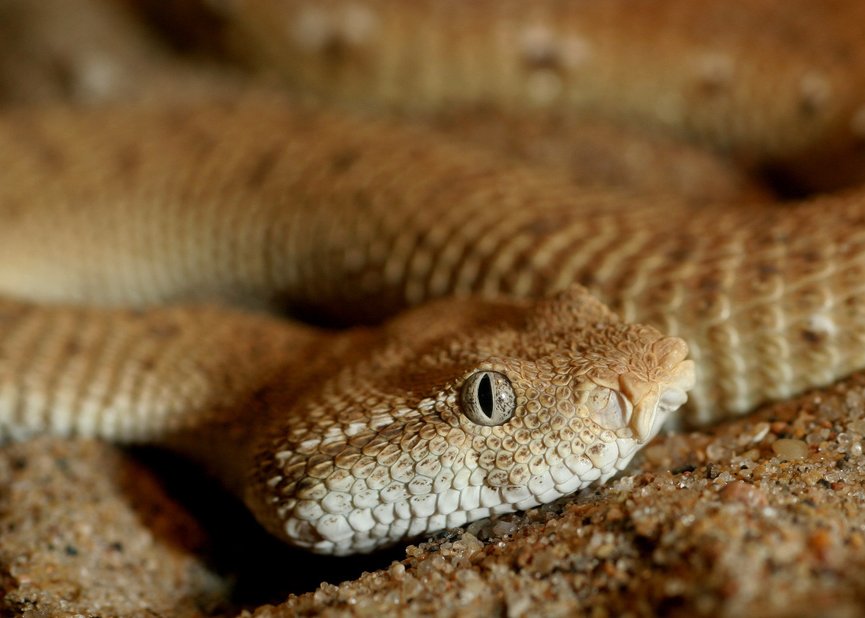
Here’s where things get truly fascinating: these snakes don’t just look like leaves — they move like them too. When a gentle breeze passes through the forest, real leaves rustle and sway in predictable patterns. The leaf-nosed viper has somehow learned to replicate this exact movement, creating an illusion so perfect that predators and prey alike are completely fooled.
The snake’s muscular system allows it to create subtle, rhythmic movements that perfectly match the natural oscillations of wind-blown leaves. This isn’t random motion; it’s a calculated performance that requires incredible body control. Scientists have observed these snakes maintaining their leafy charade for hours, swaying gently back and forth as if caught in an invisible breeze.
Madagascar’s Evolutionary Laboratory
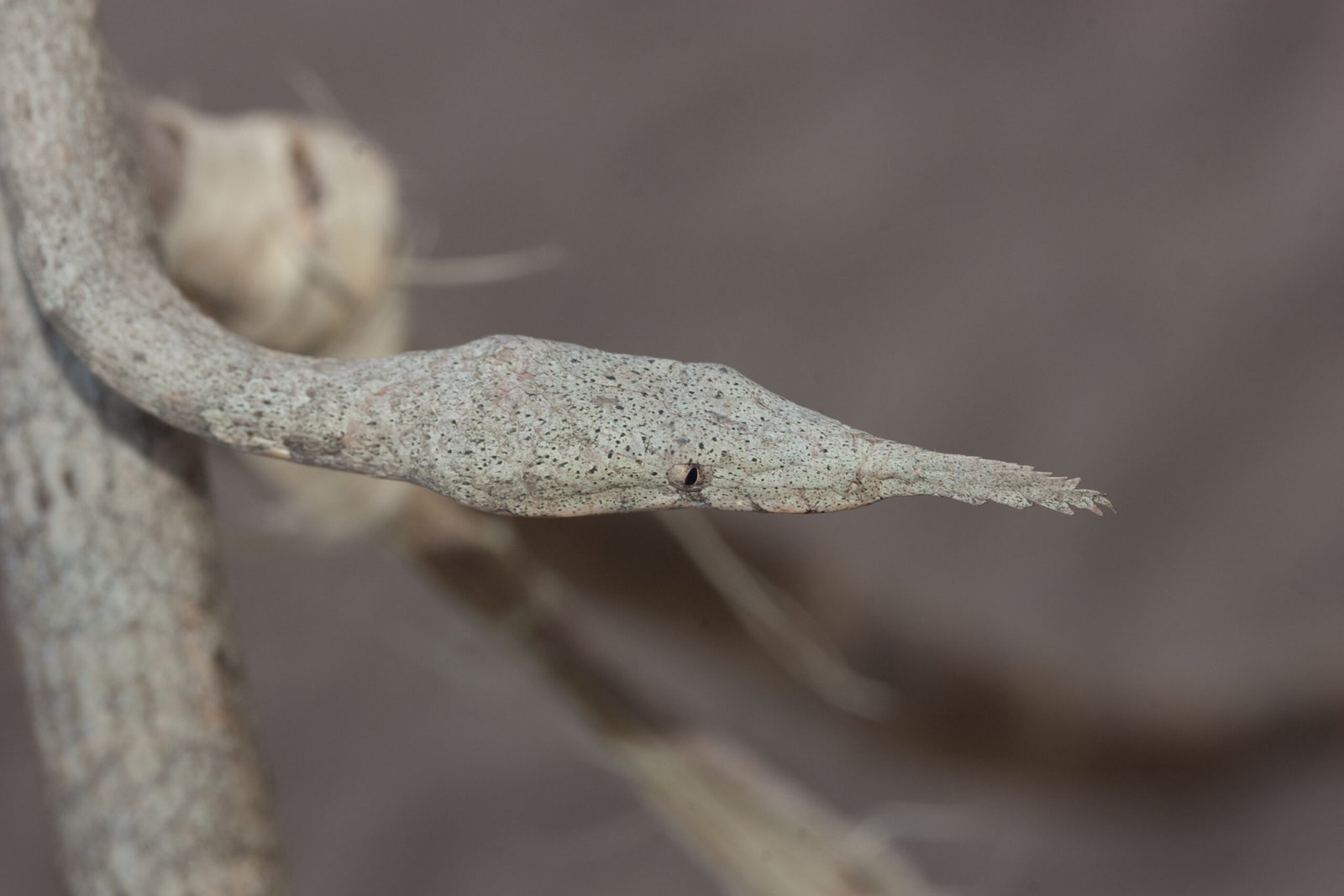
Madagascar’s isolation from mainland Africa over 160 million years ago created a unique evolutionary playground where species could develop in complete isolation. This geographic separation allowed the leaf-nosed viper to evolve its extraordinary camouflage without competition from similar species. The island’s diverse ecosystems, from rainforests to dry deciduous forests, provided the perfect testing ground for this remarkable adaptation.
The absence of many predators that would be found on the mainland also allowed these snakes to develop their slow, deliberate hunting style. Rather than relying on speed or strength, they perfected the art of patience and deception. This evolutionary path led to one of the most sophisticated camouflage systems ever documented in the animal kingdom.
The Science Behind the Sway
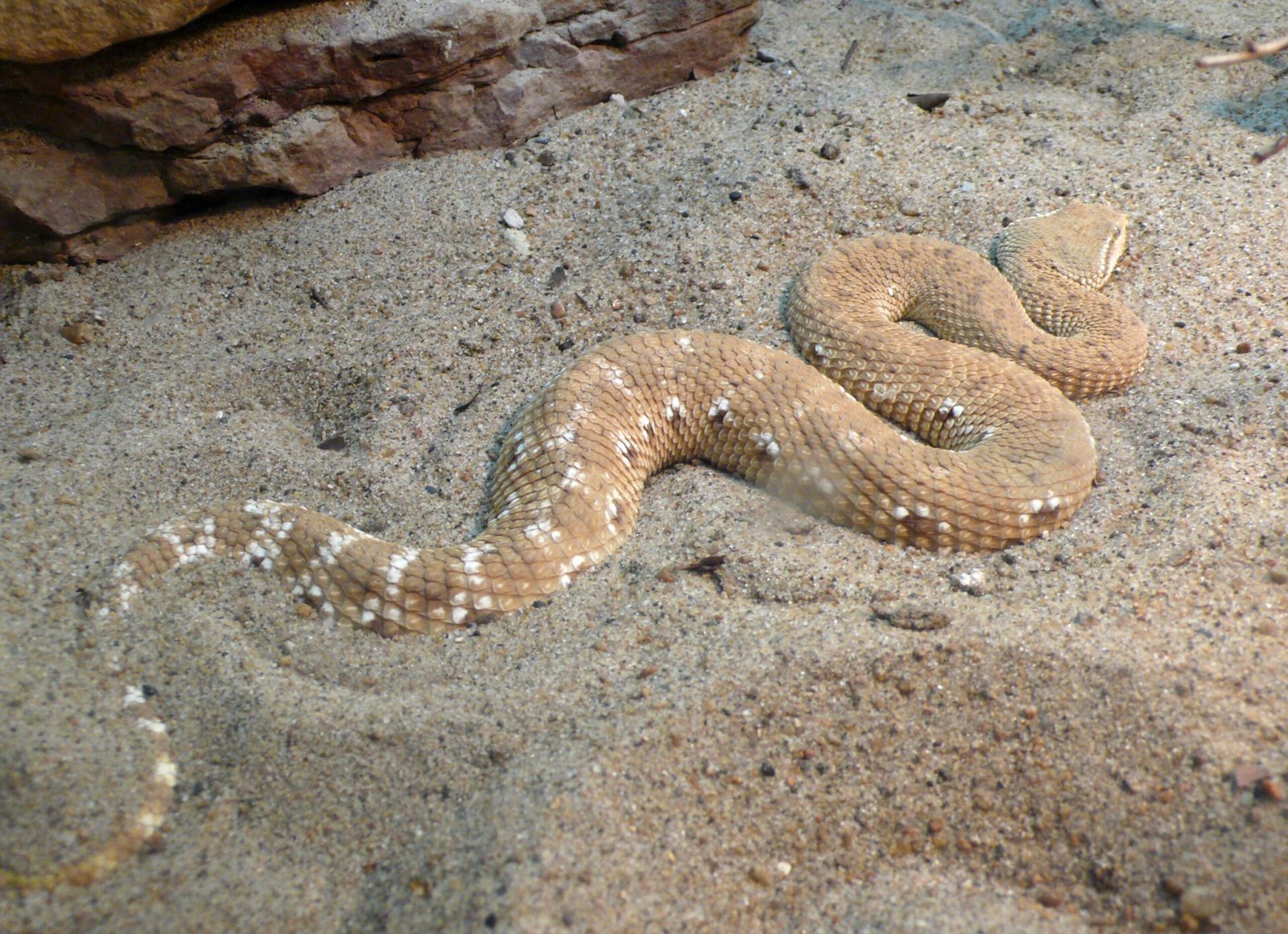
Researchers have discovered that the leaf-nosed viper’s swaying motion isn’t just random movement — it’s based on complex mathematical principles that govern how objects move in fluid dynamics. The snake’s body responds to actual air currents, but it also creates movement patterns that mimic wind effects even in still air. This suggests an incredibly sophisticated understanding of environmental physics encoded in their DNA.
The frequency and amplitude of their movements change based on environmental conditions. On calm days, they move more subtly, while during windier conditions, their movements become more pronounced. This adaptive behavior demonstrates a level of environmental awareness that scientists are only beginning to understand.
Sensory Superpowers That Enhance the Illusion
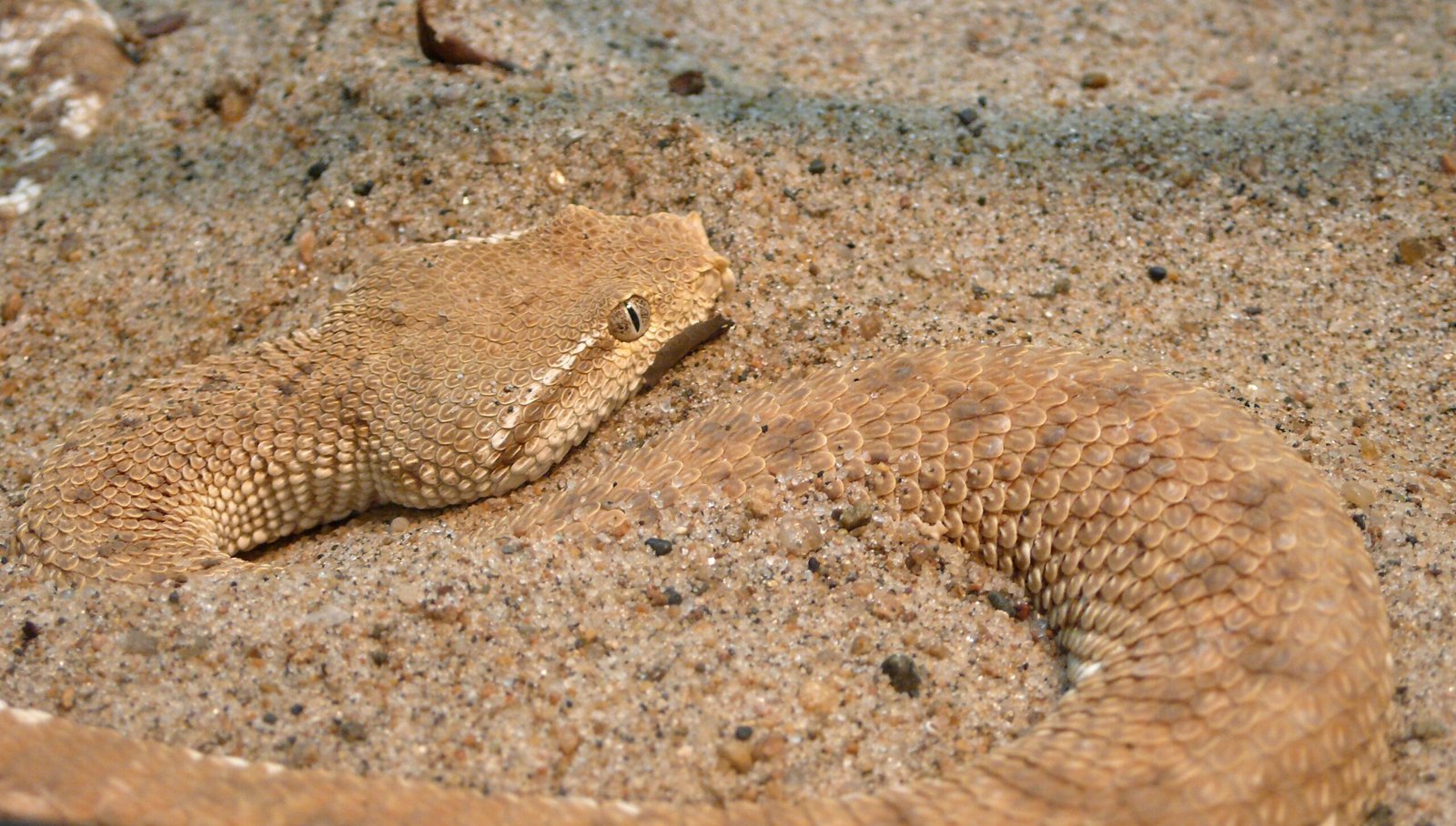
The leaf-nosed viper possesses extraordinary sensory abilities that help maintain their leafy disguise. Their heat-sensing pits can detect temperature changes as small as 0.003°C, allowing them to sense approaching warm-blooded prey or predators long before they’re visible. This early warning system lets them adjust their camouflage behavior accordingly.
Their vision is specially adapted for detecting movement while remaining motionless themselves. Unlike many snakes that rely heavily on vibration detection, these vipers have evolved enhanced visual systems that help them track potential threats without breaking their leafy cover. Their eyes can move independently, scanning the environment while their body remains perfectly still.
The Hunting Strategy of a Living Leaf
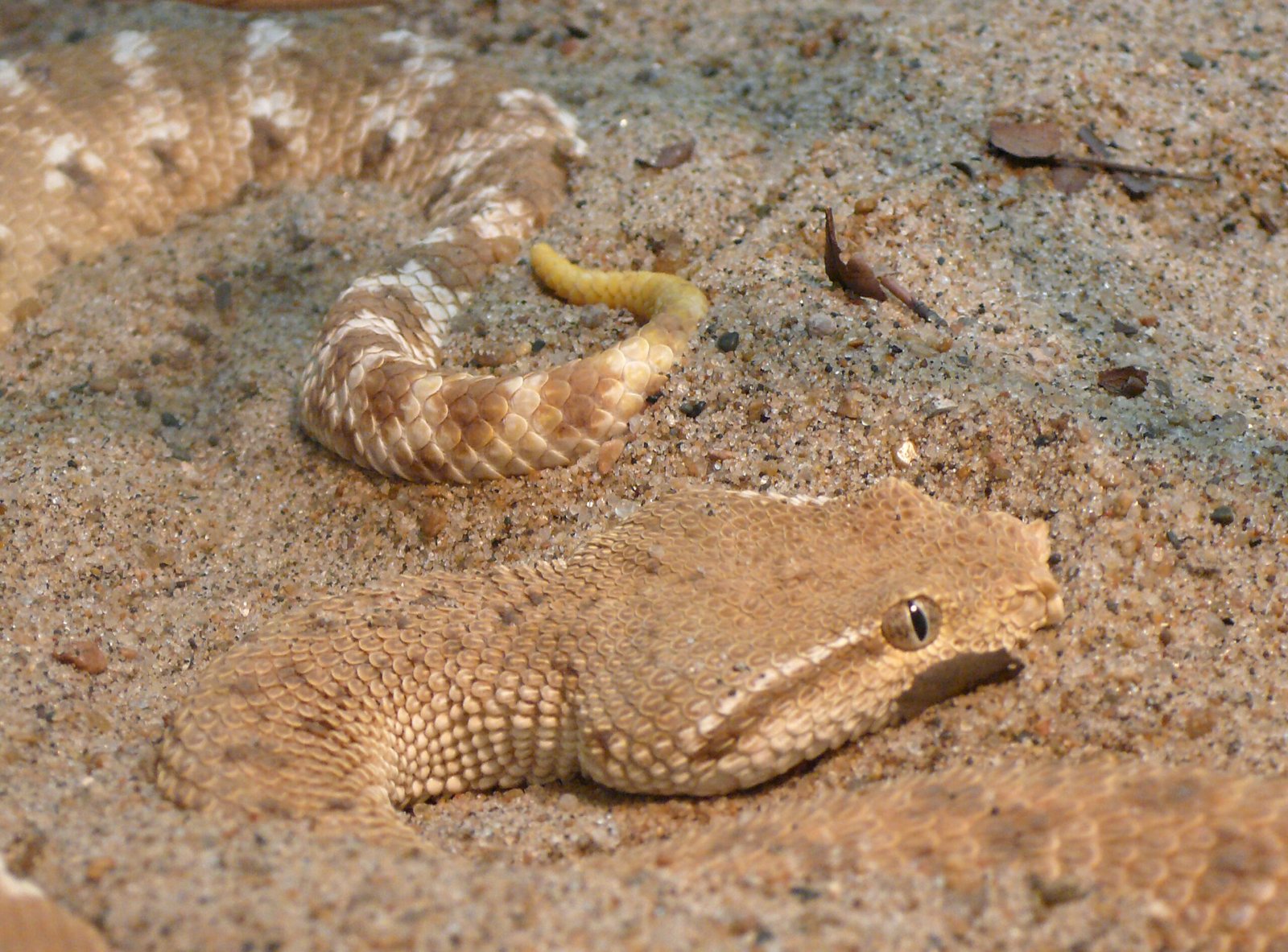
When it comes to hunting, the leaf-nosed viper employs a strategy that would make any ambush predator jealous. They position themselves among actual fallen leaves and wait — sometimes for days — for the perfect opportunity to strike. Their patience is legendary, with documented cases of individuals remaining motionless for over a week while waiting for prey.
Their diet consists primarily of small birds, lizards, and frogs that venture too close to their leafy hiding spots. The strike is lightning-fast, a sharp contrast to their usually glacial movements. Once they’ve secured their prey, they return to their leaf-like state, slowly swallowing their meal while maintaining the illusion of being forest debris.
Sexual Dimorphism in Leaf Mimicry
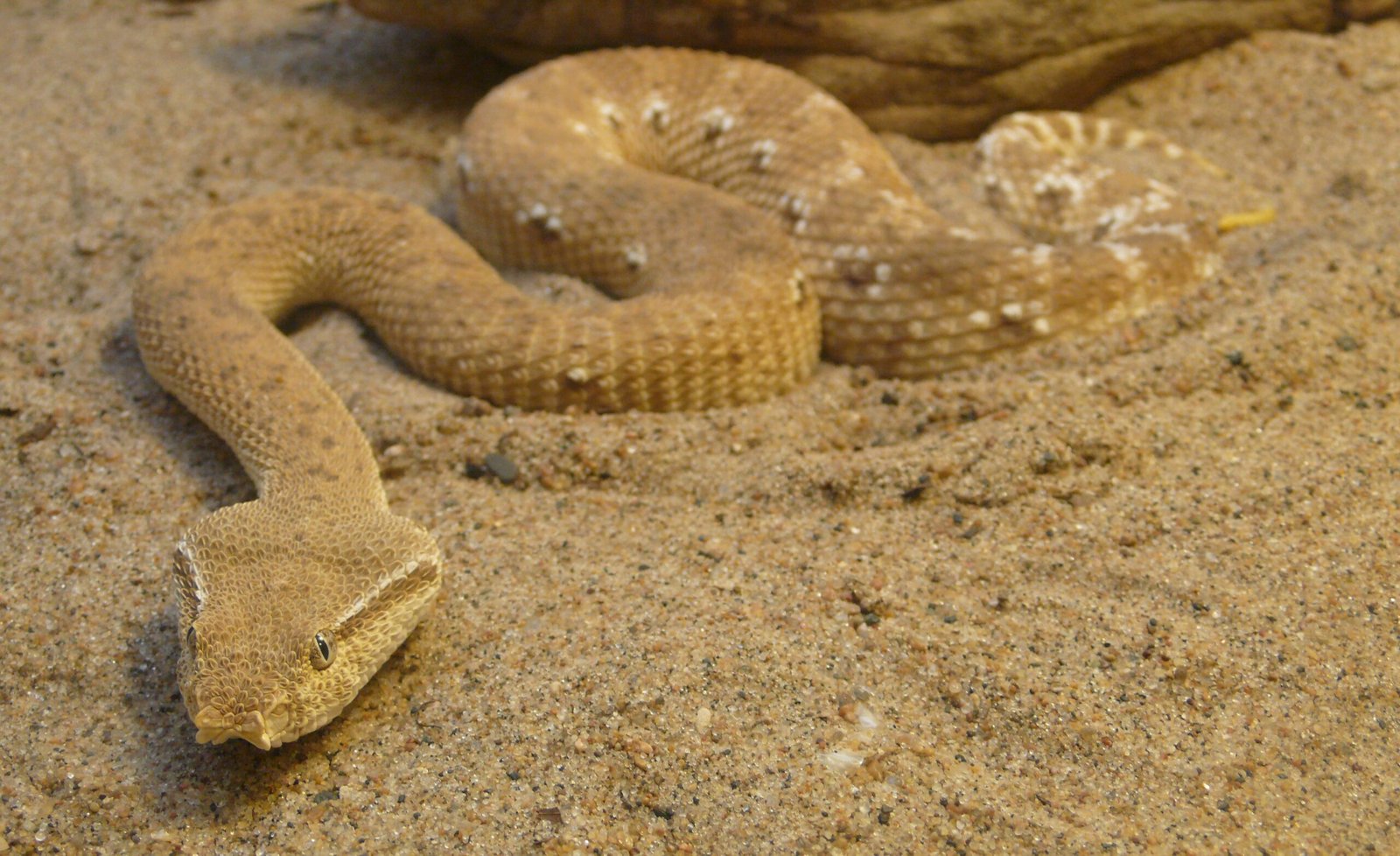
Male and female leaf-nosed vipers have evolved different approaches to their leafy disguise, creating a fascinating example of sexual dimorphism in camouflage. Males are typically smaller and more slender, allowing them to mimic younger, more delicate leaves. Their coloration tends toward lighter browns and yellows, matching the appearance of recently fallen foliage.
Females, being larger and more robust, often mimic older, more weathered leaves. Their coloration is usually darker and more mottled, with patterns that resemble the decay and decomposition found in long-dead vegetation. This size difference isn’t just about reproduction — it’s about occupying different ecological niches within the same habitat.
The Role of Humidity in Perfect Camouflage
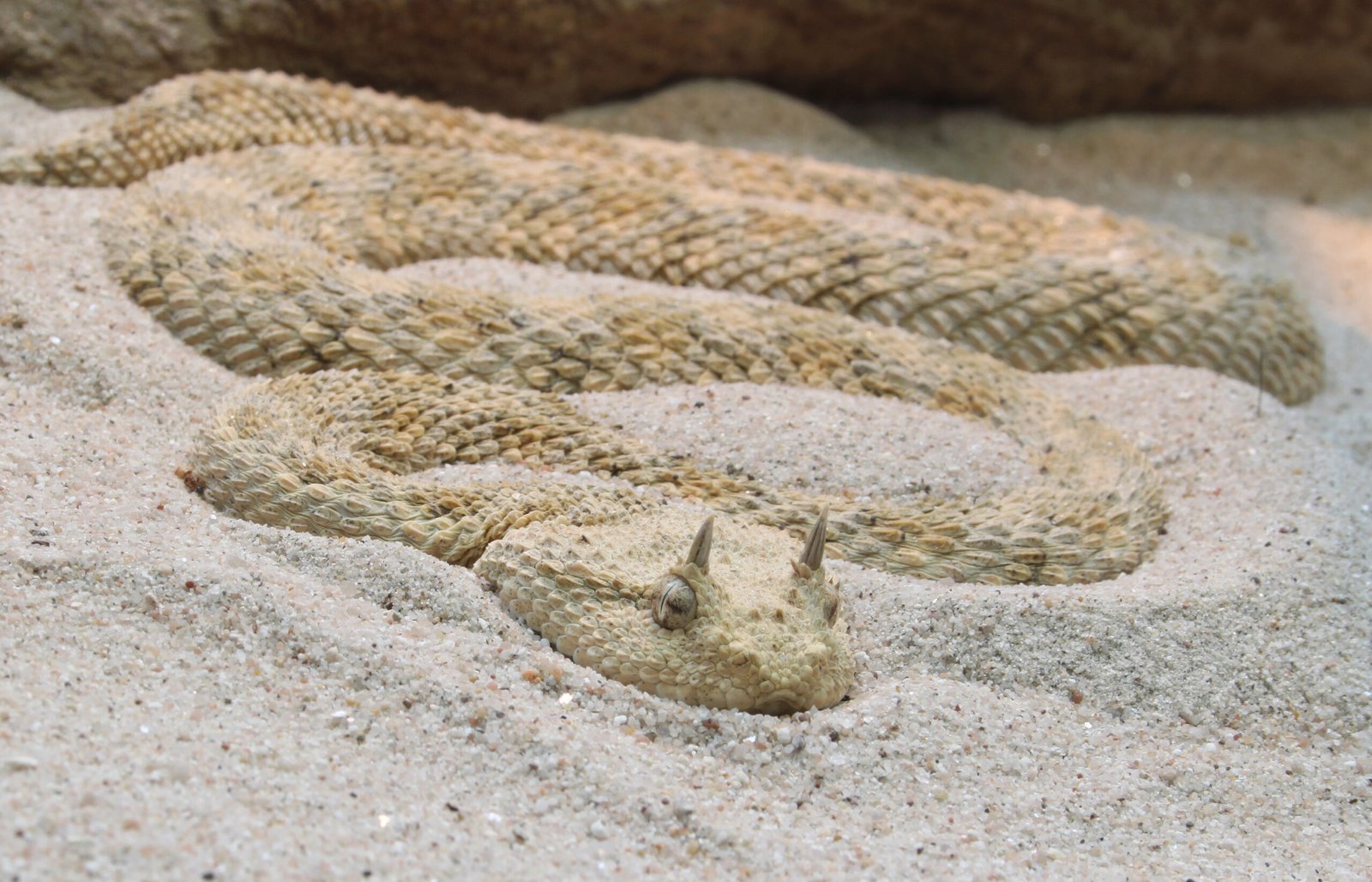
Madagascar’s varying humidity levels play a crucial role in the leaf-nosed viper’s camouflage effectiveness. During the dry season, their skin actually becomes more brittle and papery, perfectly matching the texture of dried leaves. As humidity increases during the rainy season, their skin becomes more supple, mimicking the slightly softer texture of freshly fallen, moisture-laden leaves.
This adaptive response to environmental conditions demonstrates just how finely tuned their camouflage system really is. The snake’s body literally transforms to match the seasonal changes in their leafy environment. It’s as if they have a built-in weather station that automatically adjusts their disguise based on atmospheric conditions.
Predator Avoidance Through Botanical Deception
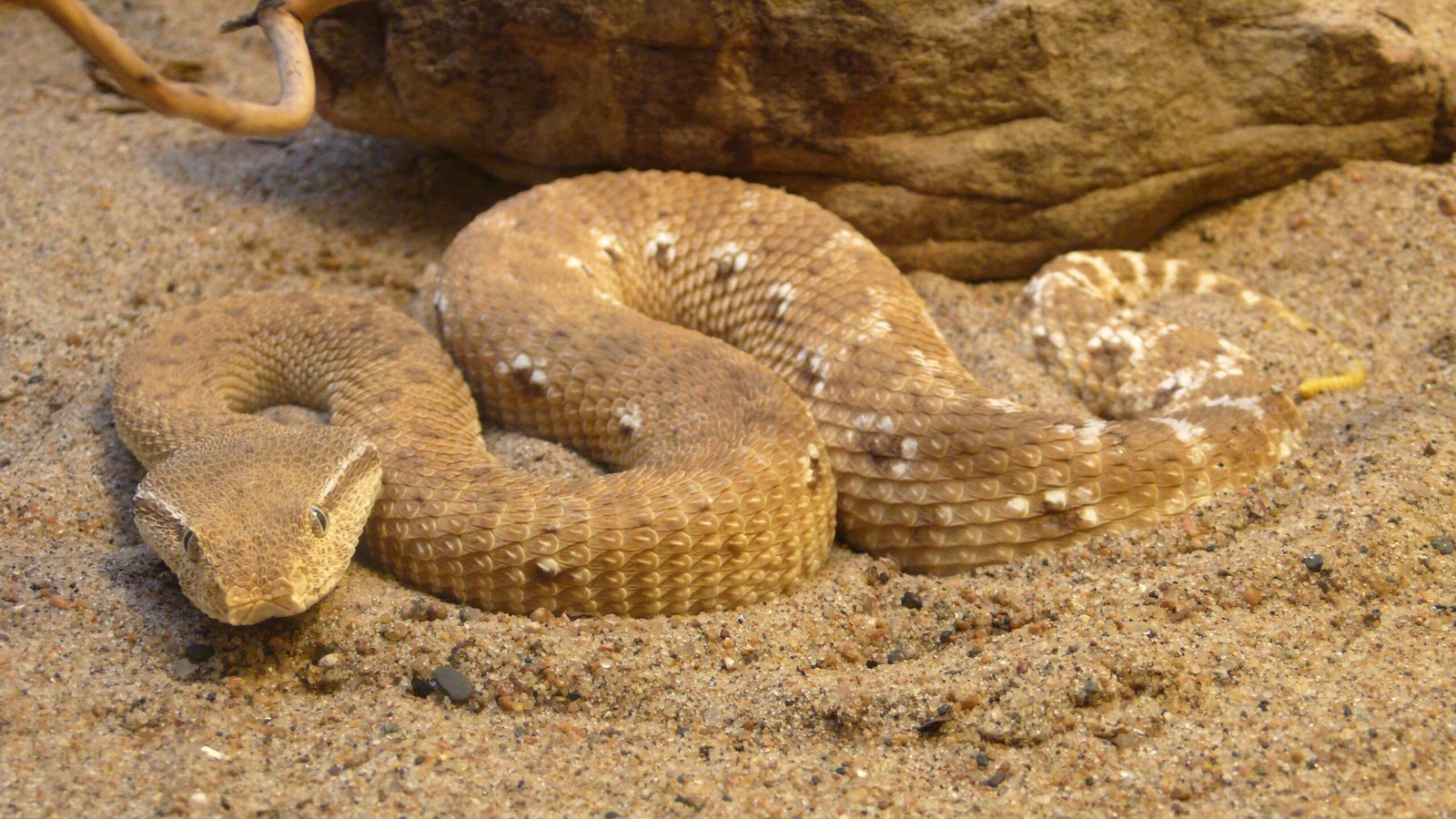
The leaf-nosed viper’s primary predators include birds of prey, larger snakes, and some mammals. Their leafy disguise serves as their first and most important line of defense against these threats. When a potential predator approaches, the snake’s response is counterintuitive — instead of fleeing, they become even more leaf-like, freezing in place and sometimes even enhancing their swaying motion.
This strategy works because most predators are programmed to look for movement and recognizable shapes. A perfectly still snake that looks exactly like a dead leaf simply doesn’t register as food or threat. Even when predators step directly on them, these snakes often maintain their disguise rather than revealing themselves through defensive behavior.
Communication in the Language of Leaves
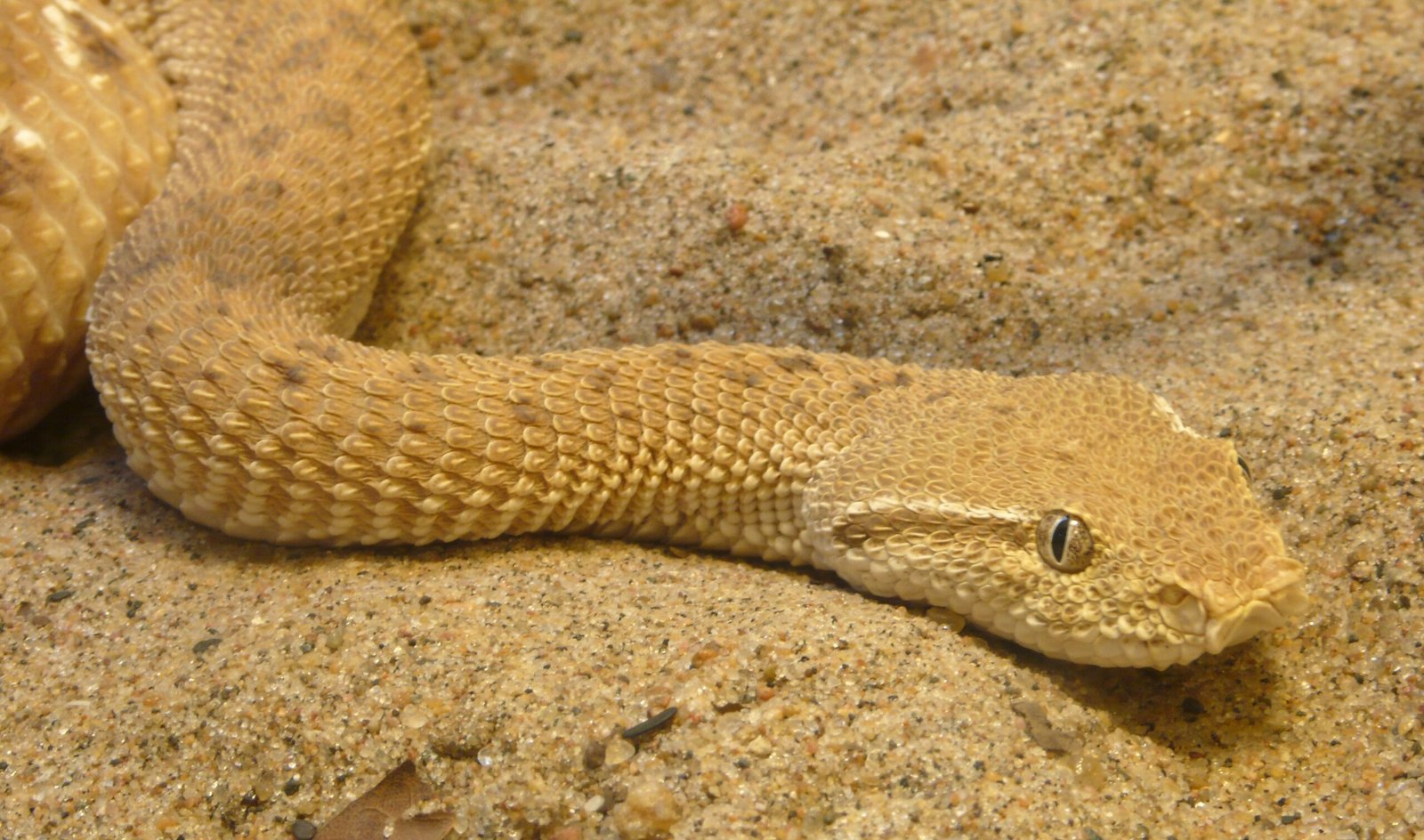
Perhaps most remarkably, leaf-nosed vipers have developed a form of communication that doesn’t break their leafy cover. They can send chemical signals through specialized scent glands while maintaining their camouflage. During mating season, males will slowly “drift” through the forest floor like wind-blown leaves, following chemical trails left by females.
Their courtship behavior is unlike anything seen in other snake species. Instead of the typical aggressive displays, male leaf-nosed vipers perform an elaborate dance that mimics leaves being blown together by the wind. This gentle, swaying courtship can last for hours, with both snakes maintaining their leafy disguise throughout the entire process.
Seasonal Adaptations and Color Changes
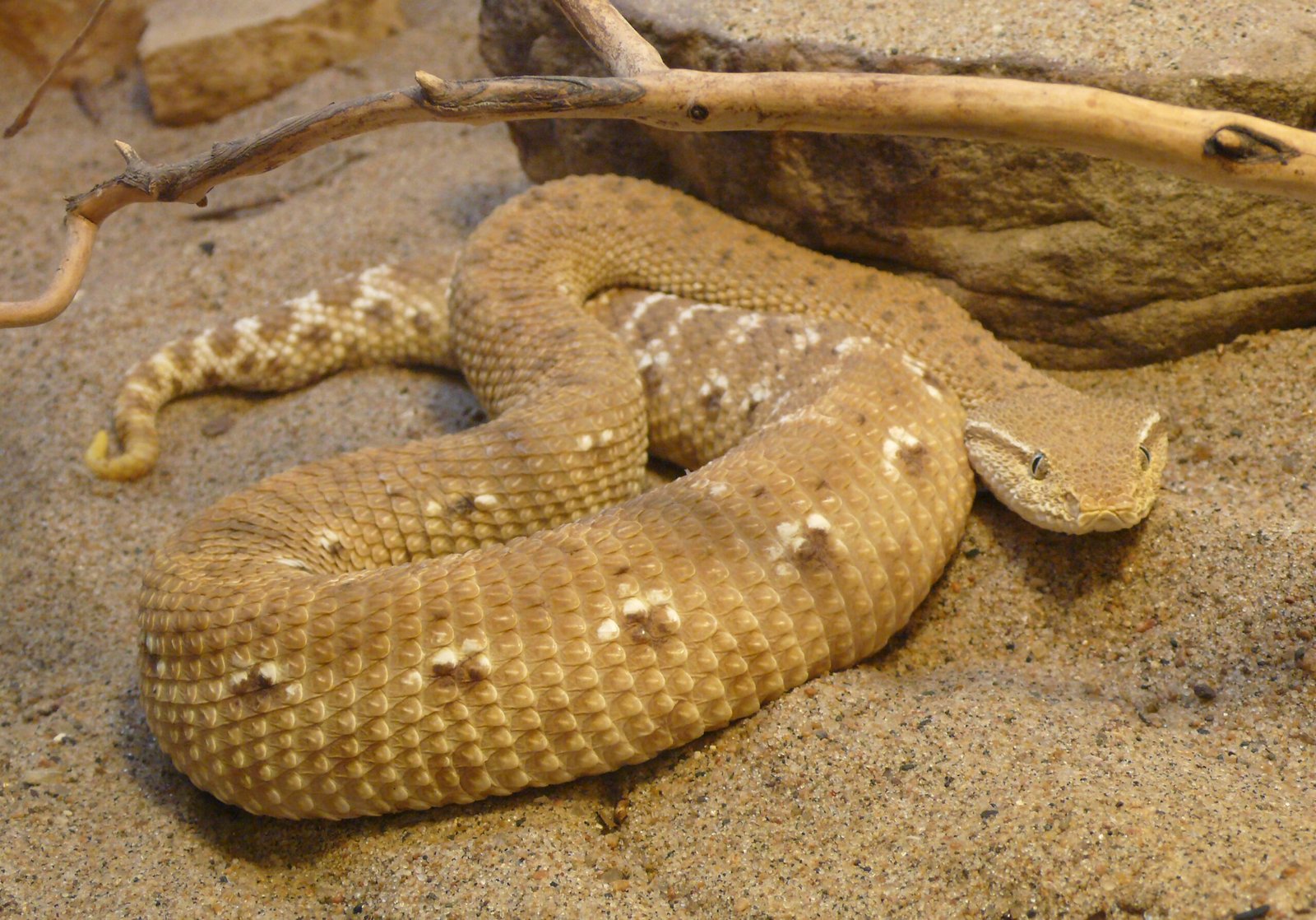
The leaf-nosed viper’s camouflage isn’t static — it changes with the seasons to match the shifting colors of Madagascar’s forests. During the dry season, their scales take on the deep browns and russets of autumn leaves. As the rainy season approaches, their coloration shifts to include more greens and yellows, matching the fresh growth of new vegetation.
This color-changing ability is controlled by specialized cells called chromatophores, similar to those found in chameleons. The process is gradual, taking several weeks to complete, but the result is a perfect match to the seasonal environment. Scientists believe this adaptation is triggered by changes in daylight length and temperature, creating an internal calendar that keeps their camouflage perfectly timed.
The Evolutionary Timeline of Leaf Mimicry
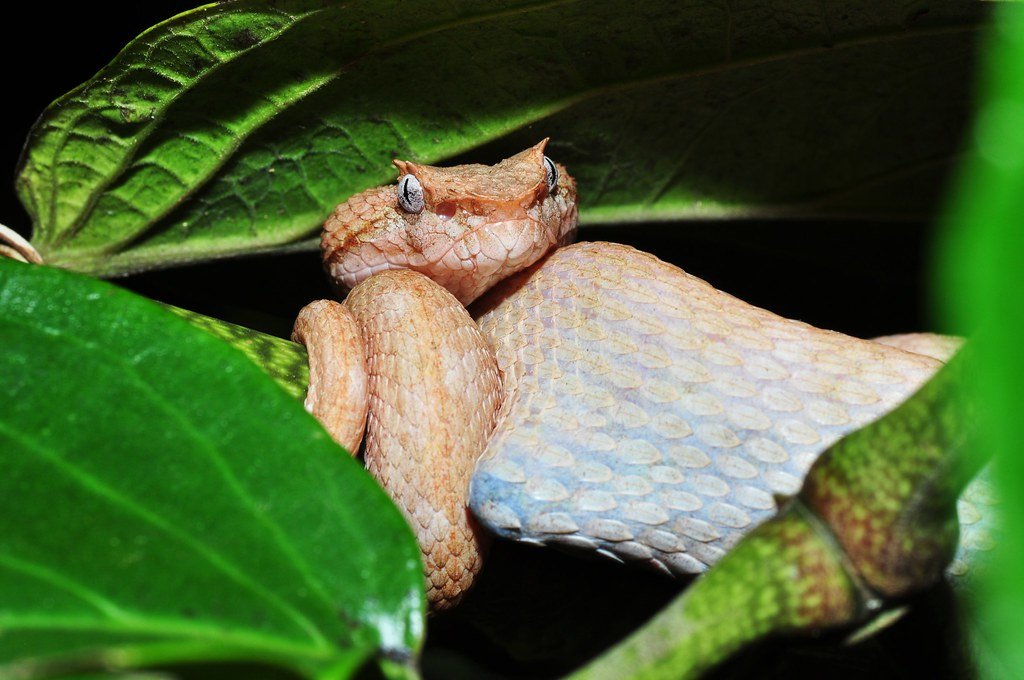
Fossil evidence suggests that the ancestors of modern leaf-nosed vipers began developing their remarkable camouflage approximately 30 million years ago. The evolution of their leaf-like appearance coincided with major changes in Madagascar’s climate and vegetation, suggesting that environmental pressures drove this extraordinary adaptation.
The development of their wind-mimicking behavior appears to be much more recent, possibly evolving within the last 10 million years. This suggests that their camouflage system continued to refine and improve over time, adding new layers of deception to an already impressive disguise. The fact that they’re still evolving makes them a living laboratory for studying adaptive evolution.
Threats to the Masters of Disguise
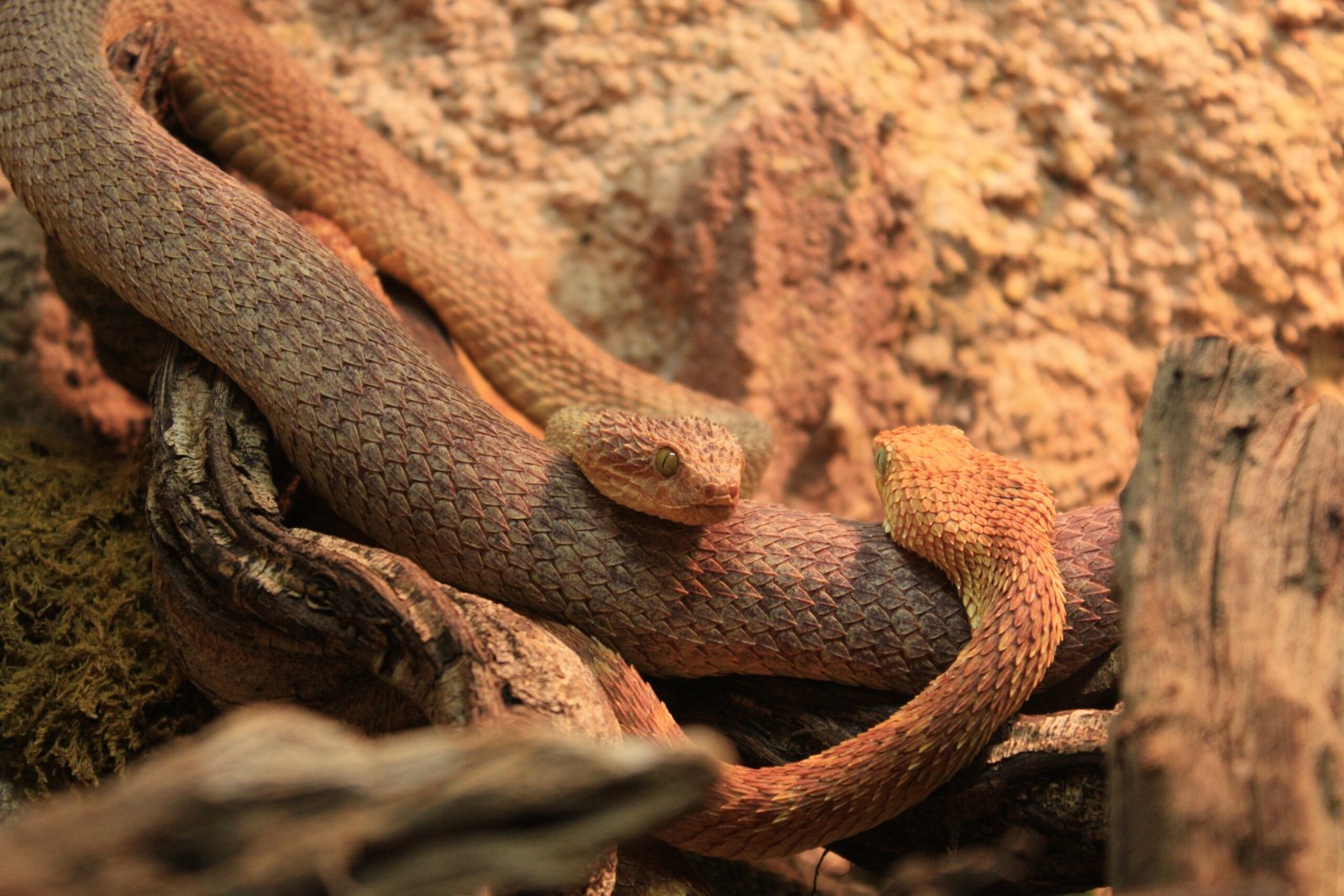
Despite their incredible camouflage abilities, leaf-nosed vipers face significant threats from human activities. Deforestation in Madagascar has reduced their habitat by over 80% in the past century, forcing these specialized predators into increasingly smaller areas. Their dependence on specific forest floor conditions makes them particularly vulnerable to habitat disruption.
Climate change poses another serious threat, as shifting weather patterns could disrupt the delicate balance between their camouflage and environmental conditions. If the timing of seasonal changes shifts, their color-changing abilities might become mismatched with their surroundings. Additionally, their slow reproductive rate means that populations take a long time to recover from disruptions.
Scientific Research and Conservation Efforts

Recent research has revealed that leaf-nosed vipers might hold secrets that could revolutionize military camouflage technology. Scientists are studying their movement patterns and color-changing abilities to develop new materials that could provide better concealment for military equipment. Their ability to mimic wind movement has particular applications for creating camouflage that remains effective in dynamic environments.
Conservation efforts are focusing on protecting the remaining patches of Madagascar’s forests where these snakes can still be found. Local communities are being educated about the importance of these unique predators and their role in maintaining ecological balance. Some areas have been designated as protected reserves specifically to preserve the habitat needed by leaf-nosed vipers and other endemic species.
The Biomechanics of Botanical Mimicry

The leaf-nosed viper’s ability to mimic leaves extends beyond just appearance and movement — their entire body structure has been modified to support their deceptive lifestyle. Their spine is more flexible than typical snakes, allowing them to curve and bend in ways that perfectly replicate the natural curves of fallen leaves. Their ribs are positioned to create the flat, leaf-like profile that makes their disguise so effective.
Even their breathing has been adapted to avoid detection. Instead of the typical rhythmic breathing pattern of most snakes, leaf-nosed vipers have developed a breathing technique that creates minimal visible movement. Their respiratory system has been modified to allow for longer periods between breaths, helping them maintain their motionless disguise for extended periods.
Chemical Camouflage: The Hidden Layer
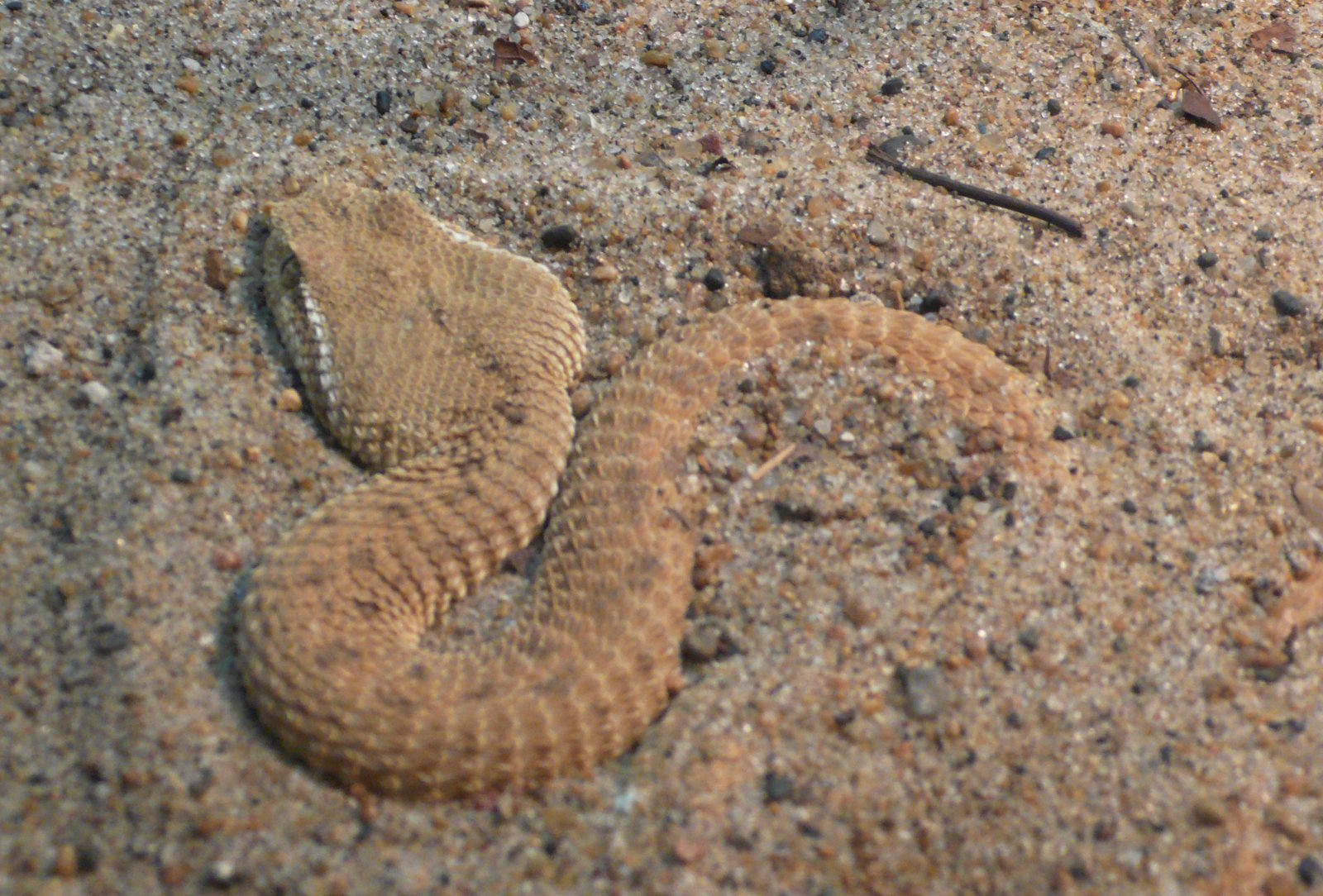
Perhaps the most sophisticated aspect of the leaf-nosed viper’s disguise is their chemical camouflage. These snakes have evolved to produce chemical compounds that mimic the scent of decomposing leaves. This olfactory camouflage is crucial for avoiding detection by predators and prey that rely heavily on scent for navigation and hunting.
The chemical composition of their skin secretions changes seasonally to match the changing scent profile of forest floor debris. During the dry season, they produce compounds that smell like dried, brittle leaves. As humidity increases, their scent profile shifts to match the earthier, more organic smell of moist, decomposing vegetation.




